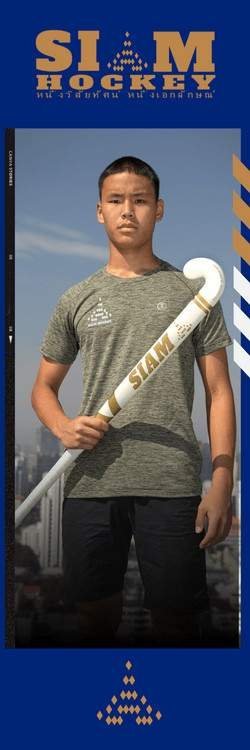ON DRY HOCKEY, NOT JUST DRY TURF…
The aim is to shift, not just to dry turf, but to dry hockey. Both Polytan and the FIH have always been consistent on this.
While we are advancing our Poligras turf technology as much as we can, it is more complex than just the turf. For dry hockey to fully develop, it will require innovations in sticks, balls, goalkeeper equipment, shoes, clothing, as well as adjustments in skills, tactics, and perhaps even the rules themselves. As a global hockey community, we need more than two years to achieve this.
ON THE TURF THAT WILL BE USED FOR THE 2026 WORLD CUP…
The World Cup will be played on the latest Poligras dry turf. It is just that the FIH has chosen to irrigate the turf to equalise performance and to make it fair for all teams.
During the dry turf learning process, hockey has discovered how water equalises the turf performance and moderates the surface temperature for player welfare and performance.
ON EQUALISING PERFORMANCE….
Equalising performance means keeping the surface the same for every participant, at each stage of the game. Hockey is not like cricket, tennis or golf where surface variations are a key part of the narrative of the game. For over 40 years, hockey has been trying to make the surface perfect for everyone, every time.
What we have discovered during the two Hockey5s test events, is that a dry turf plays differently depending on the time of the day, the temperature, atmospheric moisture and direct sunlight. This is essentially because, without water, the turf temperature increases and the hotter the turf gets, the softer the fibres become. This makes the turf feel heavier for the players as friction is increased. Water keeps the turf temperature consistent with the ambient temperature, and in general, keeps the turf cool.
On most occasions this will be fine. It will probably not matter if the turf properties change during a Saturday of club hockey. But a level playing field and consistency is paramount at a World Cup.
Take the example of the hosts playing in the evening. This is the norm. It is also when a dry turf is likely to play better, with more moisture likely to be present in the atmosphere. Other teams playing their games during the day, in hotter conditions, are likely to experience a drier turf which can feel heavier and increase player fatigue. This could have an unfair impact on how the tournament plays out.
by Asia Hockey








